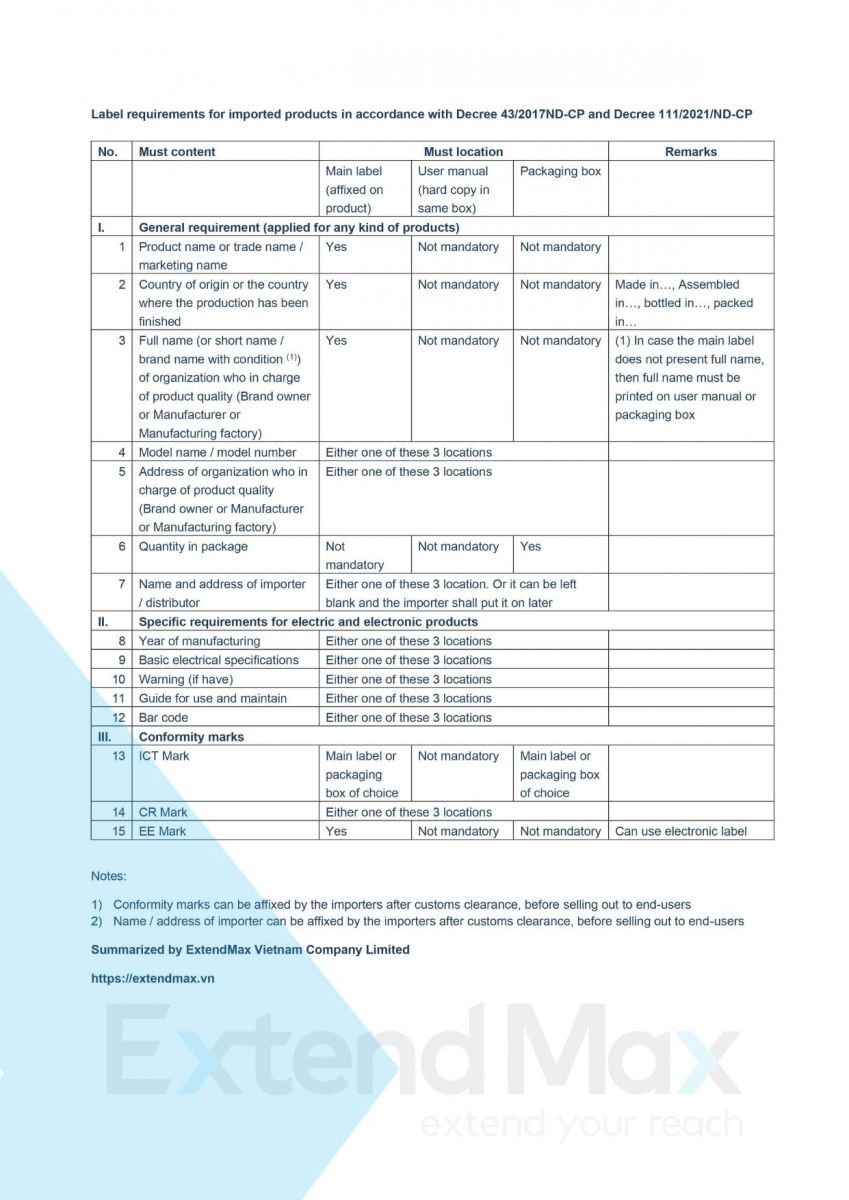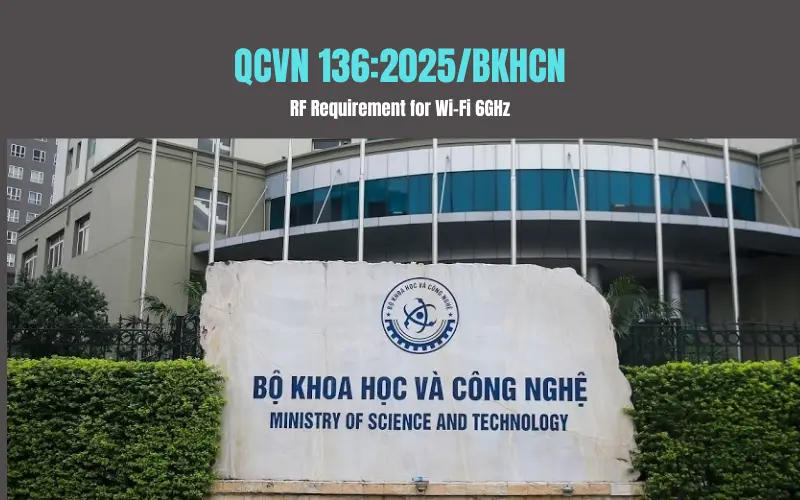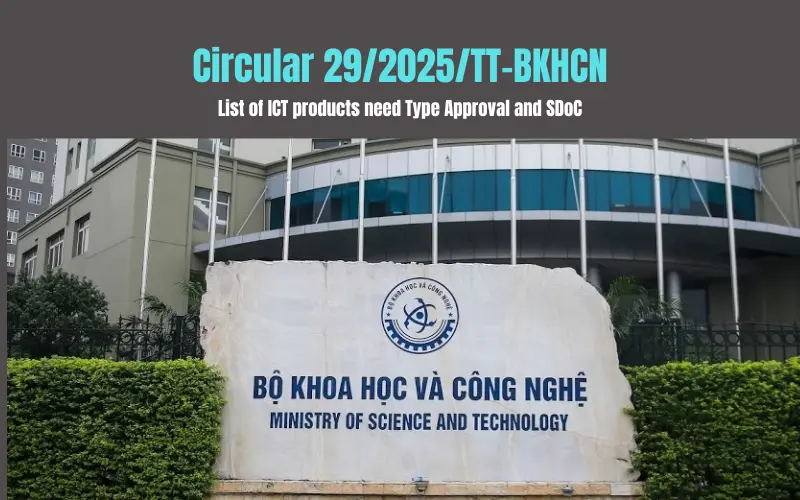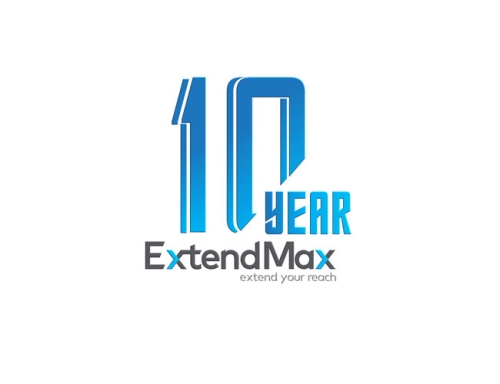EXTENDMAX – Recently the Vietnam Government has released Decree 111/2021/ND-CP to amend and supplement Decree 43/2017/ND-CP for product label. We have received so many inquiries from customers with same common concerns regarding how to labeling and marking the goods, mandatory content, mandatory language, location of conformity mark (ICT Mark, CR Mark, Energy Efficiency label) for electric and electronic goods (ICT products, household appliance...). Typical questions are such as: Do we need labeling and marking the goods in Vietnamese? Is English label accepted? What are mandatory contents for label and allowed location for each content? Are conformity marks (ICT Mark, CR Mark, Energy Efficiecny mark...) mandatory on original label (factory label)?
Everything you need to know on how to label your products for Vietnam market will be answered and guided in this article.
1. Application scope of the Decree 111/2021/ND-CP and Decree 43/2017/ND-CP
1.1 Application scope of the regulation on labeling and marking
Article 1 of Decree 111/2021/ND-CP defines: “This decree stipulates contents of goods labels, presentation thereof, and state management of labels of goods circulated in Vietnam, exports and imports”
1.2 Is there any kind of products that is not fallen under the application scope?
Goods which are listed under item 2 of Article 1 of the Decree 111/2021/ND-CP are clearly out of application scope. In this article we just work on the cases that are not listed under item 2 of Article 1 of the Decree 111/2021/ND-CP
► As the titles of the Decree 111/2021/ND-CP and Decree 43/2017/ND-CP, these Decree are applied to label of goods (commodities). It means, if the imported products are not goods, it will not be fallen under application scope of the Decree 111/2021/ND-CP and Decree 43/2017/ND-CP.
► Clause 2 of Article 3 of Law on Quality of Products and Goods No.05/2007/QH12, goods (commodities) are defined as: “Goods are products that are put on the market and consumed through exchange, sale, and marketing”
Then we can consider products imported in below cases are not goods and shall not be fallen under application scope of the Decree 111/2021/ND-CP and Decree 43/2017/ND-CP
a) None-commercial test samples.
b) None-commercial or FOC gifts.
c) Other products which are imported not through exchange, sale, and marketing.
This understanding is not only valid for electric and electronic products but also correct for all other kind of products.
Lean more: Importer of Record IOR and Exporter of Record EOR services in Vietnam
2. Responsible party for goods labeling, label contents, and language of label
Decree 111/2021/ND-CP stipulates responsible party for goods labeling as follow
2.1 Responsibility of Manufacturer or Brand owner (responsible for the goods in foreign country):
It is responsibility of manufacturer or brand owner to put original label (label and marking made by factory / manufacturer) on product before importing to Vietnam. This original label can be either in foreigner language or Vietnamese, but it must have:
a) Product name
b) Country of Origin (Made in / assembled in…)
c) Full name, or abbreviated name, or brand name of manufacturer or the entity responsible for the goods in the foreign country
d) If the original label does not contain the full name and address of the manufacturer or the responsible entity in the foreign country. This information must be fully presented in the attached documents of the goods;
2.2 Responsibility of Vietnamese importer (who import the goods from foreign country):
It is importer’s responsibility to put a sub-label in Vietnamese (made by importer) on product after importing to Vietnam, before selling to third parties or end-user
If the original label is not in Vietnamese, importer must make a sub-label in Vietnamese including the below contents
a) Product name
b) Name and address of the entity responsible for the goods (importer)
c) Country of Origin (Made in / assembled in…)
d) Other contents listed at Appendix 1 of the Decree 111/2021/ND-CP for electric and electronic goods, including
- Year of manufacturing
- Major technical specification
- Warning information
- Guide for use and maintenance
- If the product is refurbished product, then it must be declared on label
>>> You need to know: Circular 18/2022/TT-BKHCN - Detailing regulations on some compulsory contents shown on goods labels of certain group of goods electronically
3. Conformity marks for electric and electronic goods (ICT Mark, CR Mark, Energy Efficiency)
There are three major kinds of conformity marks which is applicable for electric and electronic products
3.1 ICT Mark (regulated by Vietnam MIC)
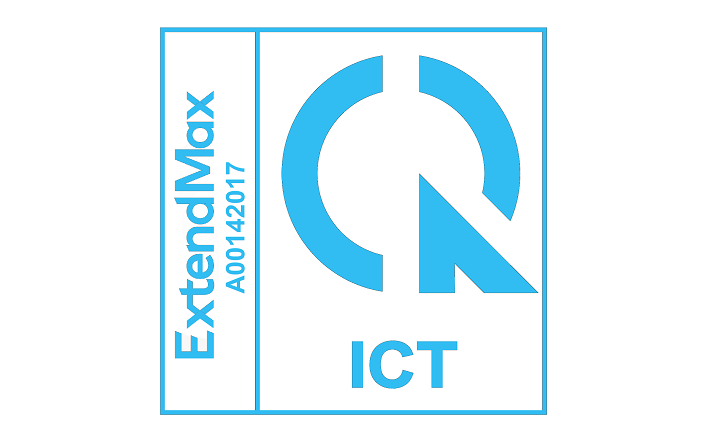
- ICT Mark is owned by importer and registered to VNTA by importer
- ICT Mark is understood to be related or bound to “importer”, not to the "goods" or “product” itself.
- NAME usually will be registered as importer’s company name, but it can be also brand name, company short name or anything in words
- CODE is not type approval certificate number but a management code granted by VNTA to importer
- This ICT mark is not required to be put on original label, it can be put on sub-label by importer
- Factory can put ICT Mark on original label but it will be a problem if there are several importers (using different ICT Mark) importing the product at the same time.
- Electronic label is not allowed for ICT Mark yet
Lean more: In-depth guidance on ICT Mark
3.2 CR Mark (regulated by Vietnam MOST and several other Ministries)
.png)
CR Mark
- Not like ICT Mark, CR Mark is for “product”. It is neither for importer nor to certification body.
- Certification body will issue CR Mark together with their brand name or certificate number. But pursuant to MOST regulation at Circular 28/2012/TT-BKHCN, just the bare CR mark (above image) is sufficient
- Because CR mark is not related to importer but related to product only, factory can put it on original label without any problems
3.3 Energy Efficiency label marking (regulated by Vietnam MOIT)
.jpg)
- It is importer’s responsibility to put on EE label.
- EE label is allowed to be put on product only after completing EE Declaration of Conformity process (applied under name of importer).
- Energy Efficiency label can be put on product by importer after importing to Vietnam, before selling to third parties or end-user.
- There is no information of importer required on "Energy Efficiency recognition label" (triangle label), so manufacturer or brand owner can consider putting it on original label from factory.
- "Energy Efficiency comparative label" (rectangle label) comes with information of importer so manufacturer should leave it for importer to put on EE comparative label, especially in case there are more than 1 importer.
- EE label is allowed to be presented in electronic form.
Learn more: In-depth guidance on Energy Efficiency label
4. Label and Marking contents and corresponding locations
